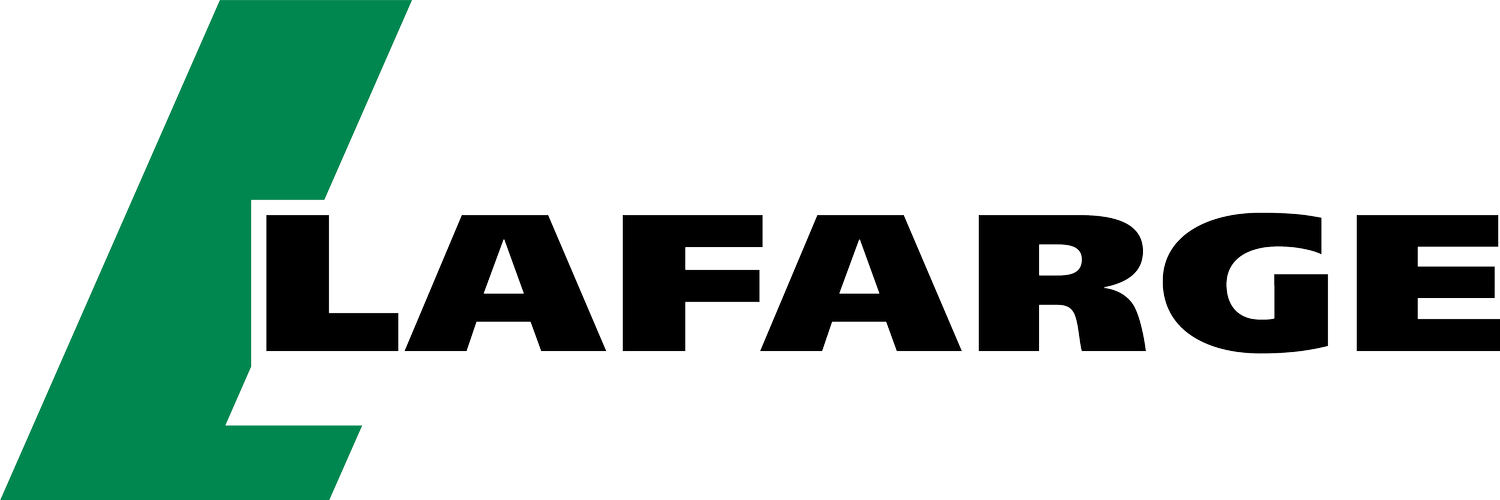LCF Project awarded funding from Emissions Reduction
Lafarge’s Lower Carbon Fuels Project was awarded $10 million in funding from Emissions Reduction Alberta’s Industrial Efficiency Challenge. The project was one of eleven worth a combined value of $267 million chosen to receive up to $70.2 million.
The Challenge was an open call to Large Final Emitter (LFE) industrial facilities—Alberta’s most energy-intensive, trade-exposed industries—to implement new technologies that reduce emissions and operating costs. Sectors for consideration included oil and gas, chemicals and fertilizers, cement and concrete, forestry and agriculture, electricity, and manufacturing.
“Capital investment dollars limited. This project has to compete with other Lafarge Holcim proposals from around the world. It’s a big win to secure some additional support. It will help move this project closer to reality,” said Kate Strachan, Plant Manager, Lafarge Exshaw Cement Plant. “We hope that any positive results or lessons learned will encourage others in our industry to do the same, giving this investment a greater, far-reaching impact. Plus, ERA’s approach requires us to come to the table with our own investments——which we have done.”
Projects were selected through ERA’s competitive review process. Funding will be distributed on a milestone-by-milestone basis, and the progress of each project is reported on until completion. All recipients must to produce a final outcomes report shared publicly.
Lafarge is currently studying the availability of low carbon fuels proposed through its Geocycle division. These fuels were chosen based on a study of what types of materials are available within a reasonable transportation distance. Lafarge estimates needing 150,000 tonnes of alternative fuels each year. This is expected to reduce waste to landfill and create up to 100 jobs at a waste processing facility in Calgary.
An application to use Low Carbon Fuels was submitted to Alberta Environment and Parks (AEP) on February 8, 2018. There is not timeline for that decision. Lafarge continues to liaise with AEP. Lafarge also continues to work with the community to communicate the project. A Project Advisory Committee meeting was held on November 15. Committee members got an update on recent work done by the Pembina Institute and were introduced to the University of Calgary team.
“It’s pretty technical stuff, but the PAC members bring a high degree of knowledge to the table. It has shown to be a valuable process for all,” said Strachan. “We’ll continue to have these face-to-face meetings as the project progresses. It’s a great chance for feedback and discussion.”
For more information:
https://eralberta.ca/news/media-releases/70-2-million-announced-to-help-albertas-industries-reduce-greenhouse-gas-emissions-and-remain-globally-competitive/
